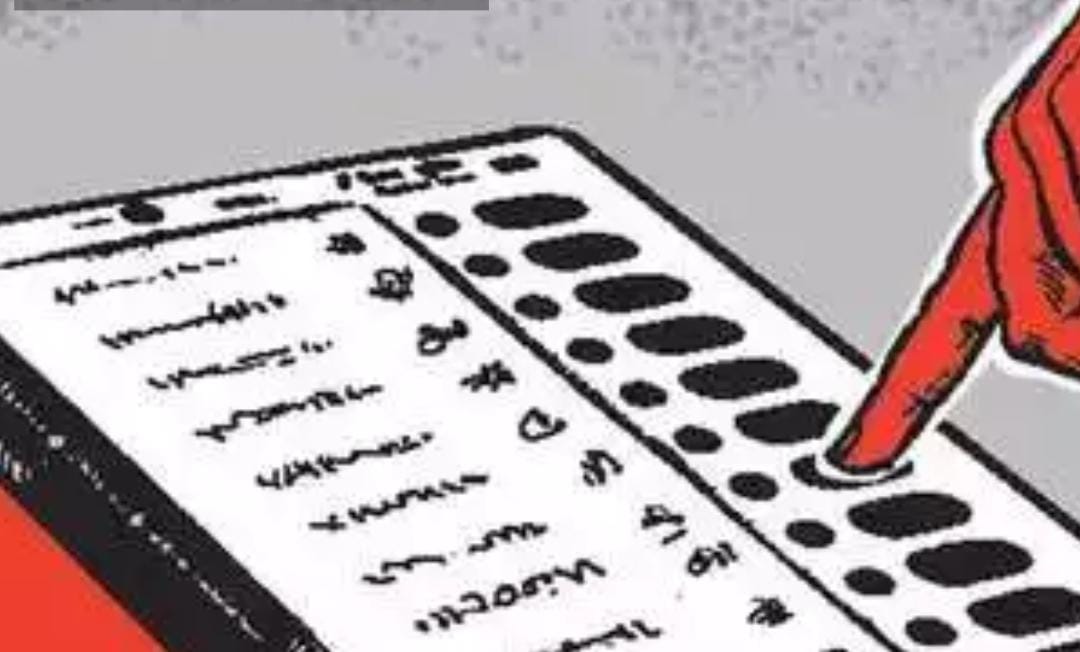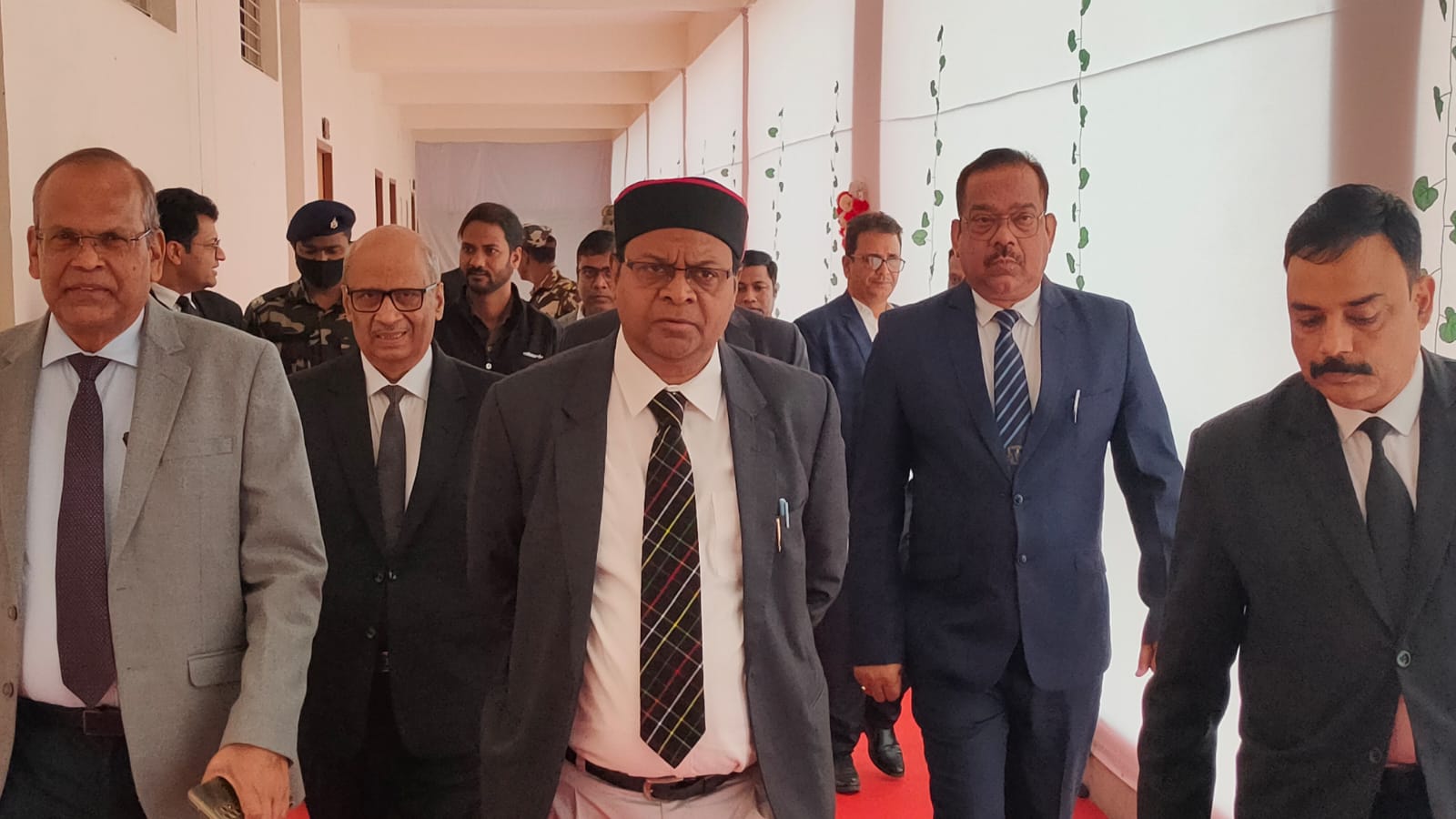India’s Triumph in Combating Poverty

In one of the most significant achievements of the past decade, India has successfully lifted 171 million people out of extreme poverty, according to the World Bank’s Spring 2025 Poverty and Equity Brief. The proportion of Indians living on less than $2.15 a day, the international benchmark for extreme poverty, has fallen sharply from 16.2% in 2011-12 to just 2.3% in 2022-23. This marks a powerful testament to India's commitment to inclusive development and effective poverty alleviation strategies.
The World Bank’s Poverty and Equity Briefs (PEBs) offer critical insights into poverty trends, inequality, and shared prosperity across more than 100 developing nations. Published twice a year, these briefs summarize the latest data and trends, using both national and international poverty lines, multidimensional measures of poverty, and inequality indicators like the Gini Index.
According to the World Bank’s latest findings, India’s poverty reduction has been broad-based, spanning both rural and urban regions. In rural areas, the proportion of people living in extreme poverty dropped from 18.4% in 2011-12 to 2.8% in 2022-23. Urban areas witnessed an even steeper fall, from 10.7% to 1.1% during the same period. Consequently, the rural-urban poverty gap shrank significantly, declining from 7.7 percentage points to just 1.7 percentage points over the decade. The annual rate of decline stood at an impressive 16%, highlighting the effectiveness of India's welfare programs and economic policies.
In addition to tackling extreme poverty, India also made remarkable progress in reducing poverty at the lower-middle-income level, measured at $3.65 per day. The share of the population living under this line fell from 61.8% in 2011-12 to 28.1% in 2022-23, lifting an extraordinary 378 million people out of poverty. Rural poverty at this level dropped from 69% to 32.5%, while urban poverty decreased from 43.5% to 17.2%. The rural-urban gap also narrowed from 25 to 15 percentage points, with an annual decline rate of 7%.
The report highlights the critical role of India's five most populous states—Uttar Pradesh, Maharashtra, Bihar, West Bengal, and Madhya Pradesh—in this progress. Together, these states accounted for 65% of India's extreme poor in 2011-12. By 2022-23, they contributed to nearly two-thirds of the overall decline in extreme poverty, reflecting the impact of focused development efforts and policy interventions in these regions.
India’s gains extend beyond monetary measures. The country has also made significant advances in reducing multidimensional poverty, which considers non-monetary deprivations such as access to education, healthcare, and living standards. According to the Multidimensional Poverty Index (MPI), India's poverty rate fell from 53.8% in 2005-06 to 16.4% by 2019-21. The World Bank’s own multidimensional measure stood at 15.5% in 2022-23, signaling substantial improvements in quality of life.
Moreover, the upcoming revisions in global poverty lines, based on updated 2021 Purchasing Power Parities (PPPs), suggest that India's extreme poverty rate for 2022-23 will be around 5.3%, while lower-middle-income poverty will be about 23.9%. Income inequality also improved, with the Gini index decreasing from 28.8 in 2011-12 to 25.5 in 2022-23, indicating a more equitable distribution of resources.
Encouraging trends are also evident in employment. Since 2021-22, job growth has consistently outpaced the expansion of the working-age population. Female employment has risen, contributing significantly to household incomes. Urban unemployment rates dropped to 6.6% in Q1 of FY24/25, the lowest since 2017-18. Notably, for the first time since 2018-19, a shift of male workers from rural to urban areas has been observed, while rural female participation in agriculture has increased. The rise in self-employment, particularly among women and rural workers, has further strengthened economic participation.
India’s story in poverty reduction over the past decade stands as a testament to the country's resilience, inclusive growth policies, and targeted welfare programs. The sharp fall in both extreme and lower-middle-income poverty levels, the narrowing rural-urban gap, the rise in employment, and the improvements in non-monetary living conditions demonstrate that sustainable and inclusive development is achievable. As India continues on this path, these accomplishments lay a strong foundation for a future where poverty and inequality are further diminished.

 4 days, 10 hours ago
4 days, 10 hours ago





[[comment.comment_text]]